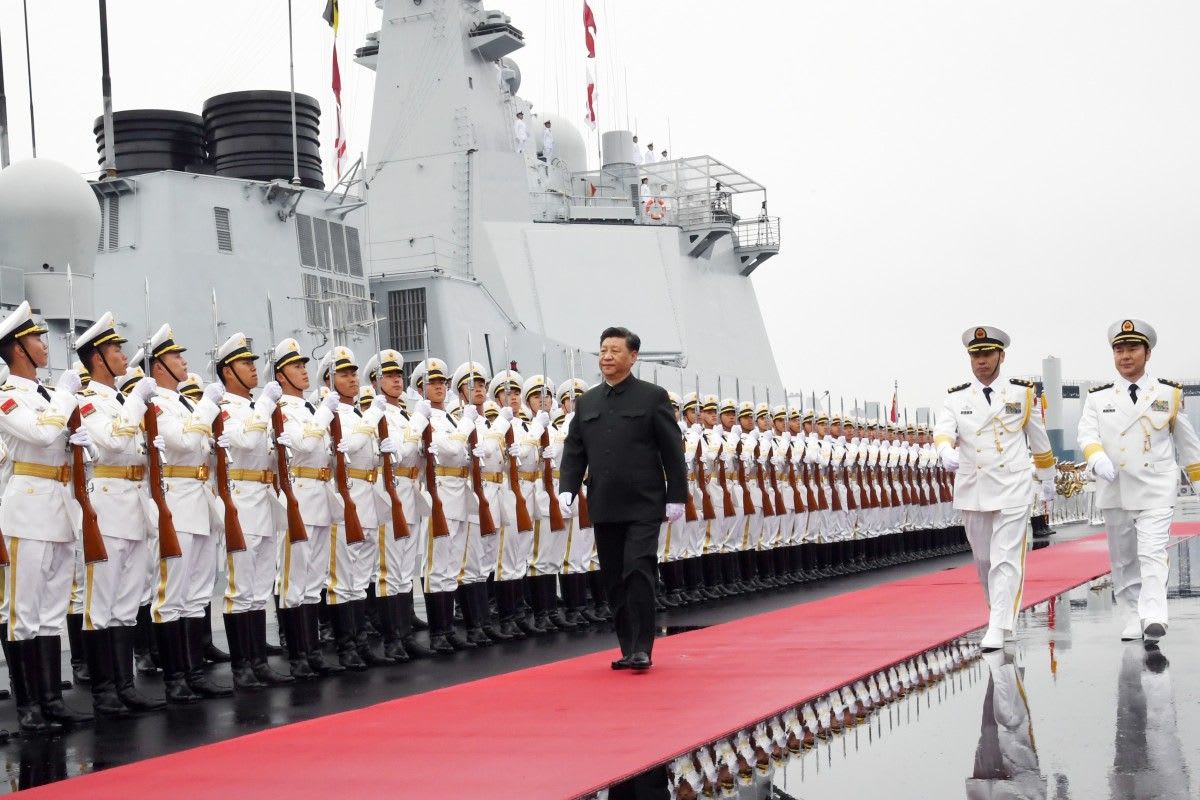My AI generated argument for why China is currently and will soon become more aggressive. If they don't capitalize now, they might not have the ability to later...
China’s Aging Population and the One-Child Policy: Driving Factors Behind Aggressive Policies
China, the world's most populous nation, faces a demographic crisis that could hinder its ambition to remain a dominant global power. The aging population, a legacy of the one-child policy implemented in 1980, is a ticking time bomb that compels China to adopt aggressive domestic and international policies to sustain its economic and political clout.
The Demographic Dilemma
China’s one-child policy, introduced to curb population growth, successfully reduced birth rates but resulted in unintended long-term consequences. As of 2023, China's population is aging rapidly. By 2050, it is estimated that a third of its population will be over 60 years old, straining social services and the economy . This demographic shift threatens the working-age population, reducing the labor force and increasing the dependency ratio, where fewer workers support more retirees.
Economic Implications
An aging population poses severe challenges to economic growth. Fewer young workers mean a smaller labor pool, driving up wages and reducing China's competitiveness as a manufacturing hub. Additionally, the increasing number of retirees demands more social services, healthcare, and pensions, putting immense pressure on public finances .
To counteract these economic pressures, China has been investing heavily in automation and technology to boost productivity despite a shrinking workforce. However, the benefits of these investments are not immediate and cannot entirely compensate for the demographic deficit .
Strategic Aggressiveness
Facing these internal pressures, China has turned to more assertive strategies both domestically and internationally. Domestically, the government has been encouraging higher birth rates by relaxing the one-child policy to a two-child policy in 2016 and then to a three-child policy in 2021 . However, these measures have not resulted in a significant increase in births, as economic pressures and changing societal values discourage larger families.
Internationally, China's aggressive stance is evident in its foreign policy and economic strategies. The Belt and Road Initiative (BRI) is a prime example, aimed at expanding China’s influence by investing in infrastructure projects across Asia, Africa, and Europe. This initiative seeks to open new markets for Chinese goods and secure resources needed to sustain its economy .
Moreover, China's assertiveness in territorial disputes, particularly in the South China Sea and along its border with India, reflects a desire to project power and secure strategic advantages . Control over vital maritime routes and resources is crucial for maintaining economic stability and military strength.
The Geopolitical Landscape
China’s aggressive policies have heightened tensions with other global powers, particularly the United States. The trade war initiated in 2018 and ongoing technological competition underscore the strategic rivalry between the two nations. China’s efforts to lead in technologies like 5G, artificial intelligence, and quantum computing are part of its broader strategy to offset the demographic decline by becoming a global leader in high-tech industries .
Conclusion
China’s aging population and the legacy of the one-child policy present significant challenges that compel the nation to adopt aggressive measures to maintain its global position. Domestically, efforts to boost birth rates and invest in technology are critical but insufficient alone. Consequently, China's international assertiveness, through economic initiatives and strategic territorial claims, is a calculated move to secure its future as a world power. As the demographic crisis unfolds, China’s ability to adapt and innovate will be crucial in determining its long-term global standing.

